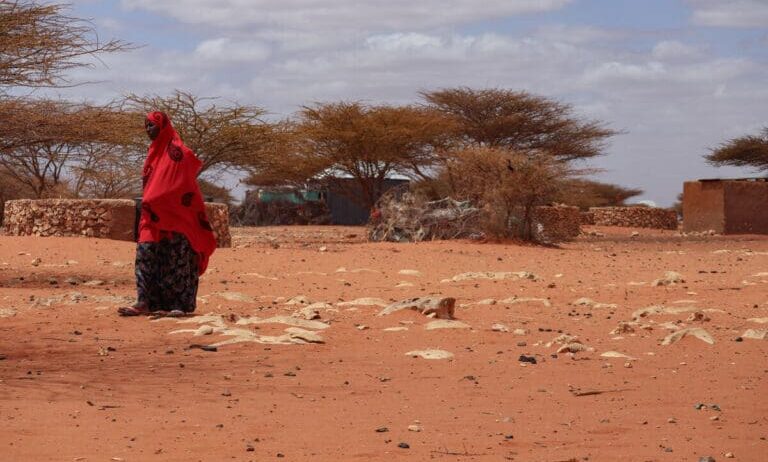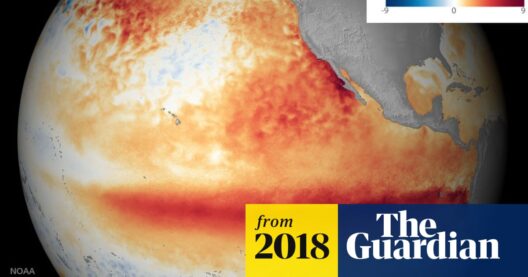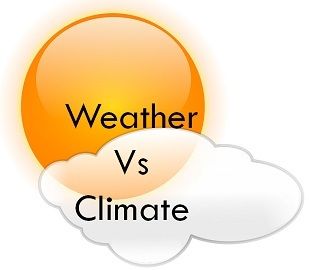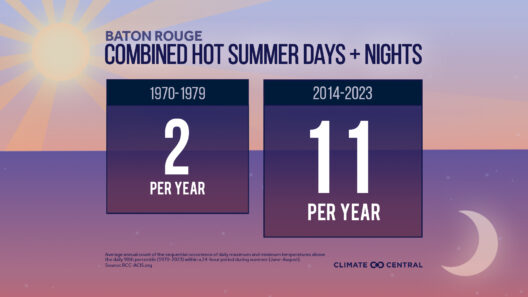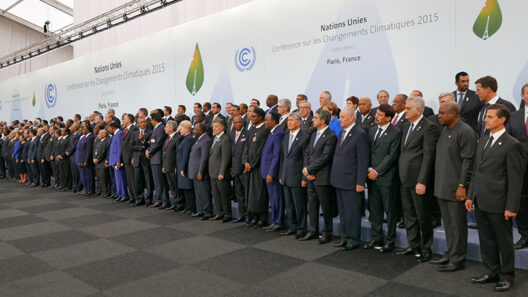Climate change is an undeniable reality, and its ramifications are profoundly altering the landscape of our planet. As the consequences of rising temperatures, erratic weather patterns, and increasing natural disasters become starkly evident, certain countries stand out as particularly vulnerable. While climate change poses threats to all nations, specific regions are disproportionately affected due to their geographic, economic, and social vulnerabilities. This examination of the countries most afflicted by climate change offers a glimpse into the challenges they face and the urgent need for global action.
One of the foremost countries facing the brunt of climate change is Bangladesh. Nestled in South Asia, this low-lying nation is acutely susceptible to flooding, cyclones, and the encroaching sea. The reality of rising sea levels threatens to submerge vast areas of land, displacing millions and exacerbating poverty. Agricultural practices, a linchpin of Bangladesh’s economy, are increasingly compromised by salinization of soil and erratic monsoon seasons. The resilience of its people is commendable, yet the dangers posed by climate change are formidable and require immediate global attention.
Another country that finds itself on the frontline is Haiti. Characterized by its mountainous terrain and tropical climate, this Caribbean nation frequently experiences intense storms and devastating earthquakes. The effects of deforestation, compounded by climate change, have left Haiti vulnerable to landslides and flooding. As the country grapples with a history of political instability and economic hardship, the challenges posed by climate change further complicate recovery efforts after natural disasters. The interplay between environmental vulnerability and socio-economic challenges creates a complex web that must be addressed holistically.
In the horn of Africa, Somalia suffers from chronic issues exacerbated by climate change. Frequent droughts coupled with erratic rainfall have precipitated severe food shortages. The interplay between climate-induced famine and ongoing conflict creates a dire humanitarian situation. As pastoral communities face the loss of livestock and farmland, the stakes are high. Adapting to these changing conditions becomes essential not only for survival but also for the sustainability of the region’s socio-economic structures.
Moving westward, Mozambique provides another stark example of climate change’s impacts. With its extensive coastline, Mozambique is prone to cyclones and flooding. The destruction wrought by Cyclone Idai in 2019 serves as a harrowing reminder of the vulnerabilities faced by communities. Infrastructure damage, coupled with the loss of crops and livestock, threatens to undermine years of development progress. The ongoing struggle for recovery highlights the need for adaptive strategies that incorporate climate resilience into national planning.
On the Asian continent, the Philippines is frequently cited as one of the most impacted nations. This archipelagic state endures a cycle of typhoons, with a heartbreaking frequency. Rising sea temperatures fuel more intense storms, resulting in catastrophic flooding and devastation. Furthermore, the reliance on agriculture means that shifting climate conditions directly jeopardize food security. It’s not only the immediate effects of disasters that are concerning; the long-term socio-economic repercussions could ripple through generations if proactive measures are not implemented.
Across the globe, Arctic regions face unparalleled transformations. Countries such as Canada and Russia are undergoing dramatic shifts due to melting ice caps and rising temperatures. Indigenous peoples in these areas experience profound changes to their traditional ways of life as the landscape changes beneath them. Wildlife migration patterns shift, and access to natural resources becomes increasingly precarious. The melting permafrost not only poses environmental challenges but also releases greenhouse gases, contributing to the very problem of climate change. Understanding the broader implications of these changes is crucial in addressing the global climate crisis.
Sub-Saharan African nations, including Ethiopia and Sudan, illustrate the grave nexus between climate change, resource scarcity, and conflict. Erratic rainfall patterns threaten agricultural output, intensifying competition for dwindling resources. The resulting migrations and conflicts over land can destabilize entire regions, exacerbating humanitarian crises. This underscores the interconnectedness of climate change with societal stability and suggests that adaptive governance strategies must be developed alongside climate action.
Another significant consideration is the role of island nations, such as the Maldives and Tuvalu. These countries are at risk of becoming entirely submerged due to rising sea levels. The plight of these nations serves as a poignant reminder of the existential threat climate change poses. International attention to their situation is crucial, not merely as a matter of environmental ethics but as a litmus test for global commitment to climate change mitigation.
In conclusion, the countries most affected by climate change serve as a clarion call for urgent action. They represent a diverse tapestry of challenges—ranging from socio-economic vulnerabilities to environmental degradation. Addressing climate change is not simply an environmental imperative; it is a moral responsibility that transcends borders. The struggles of these nations remind the global community that climate change is not an abstract issue but a tangible crisis with real human costs. It is imperative that collective efforts are undertaken to mitigate these dangers, to foster resilience, and to ensure a sustainable future for all. People around the world must not only acknowledge these challenges but also advocate for equitable solutions that prioritize the needs of the most vulnerable. With concerted action, a more sustainable and just world can be envisioned.



